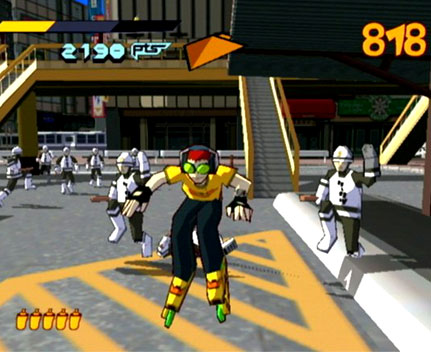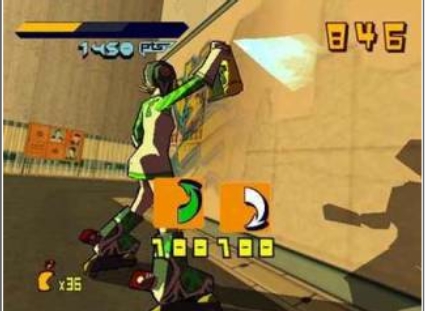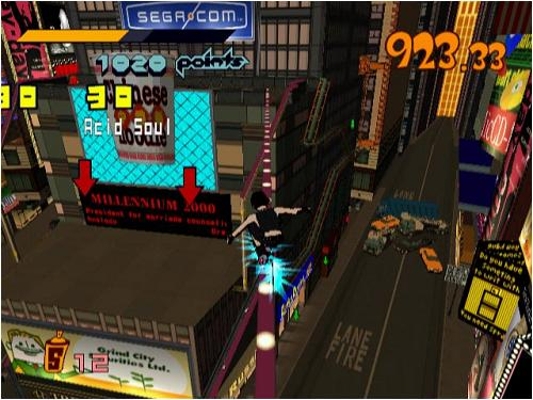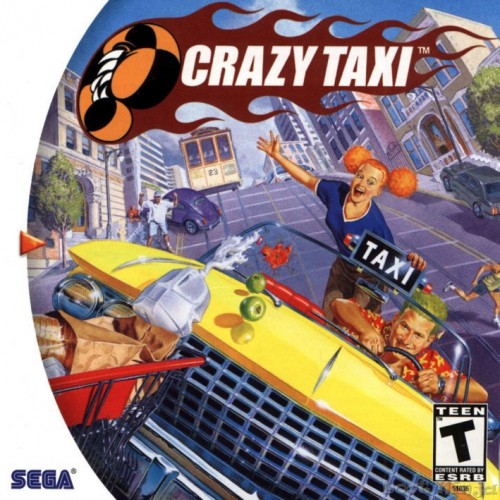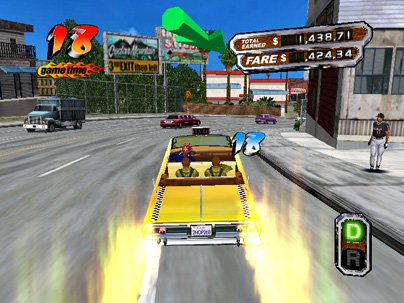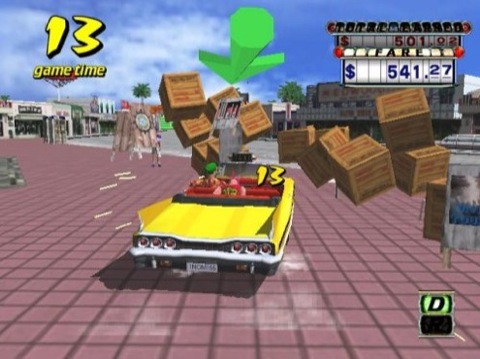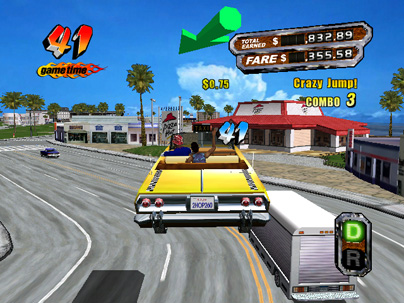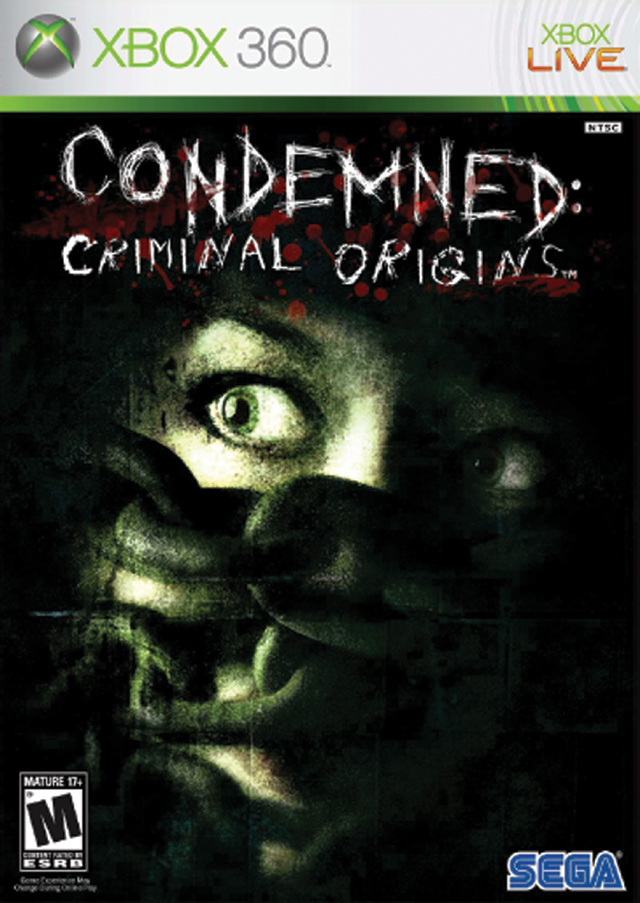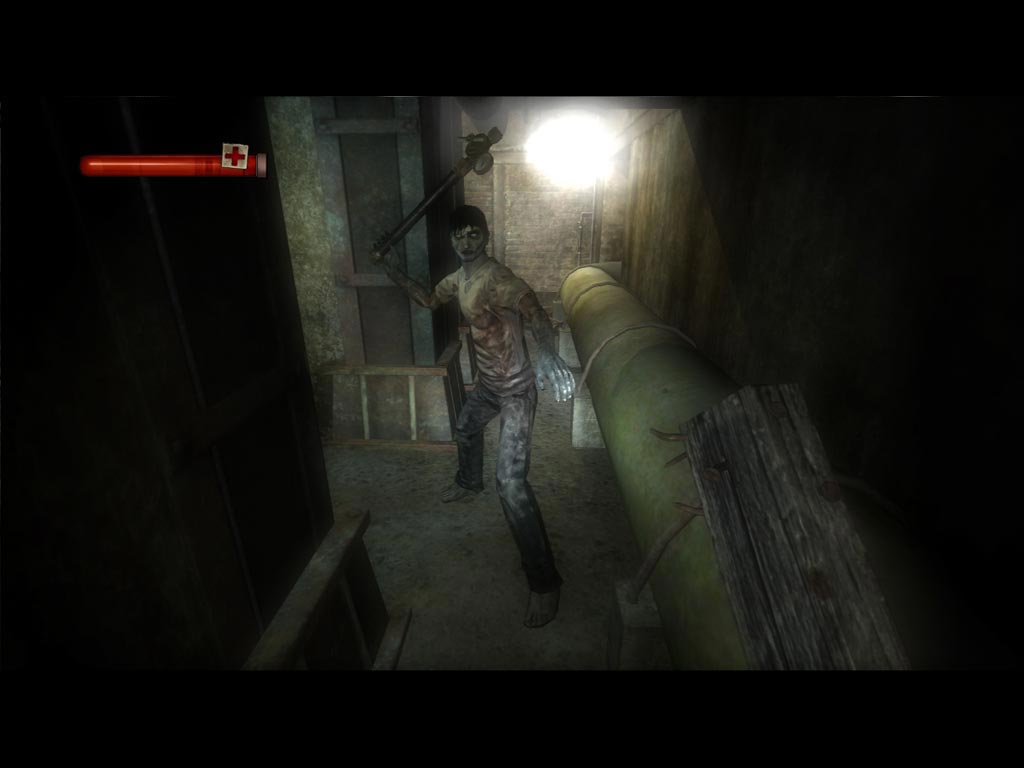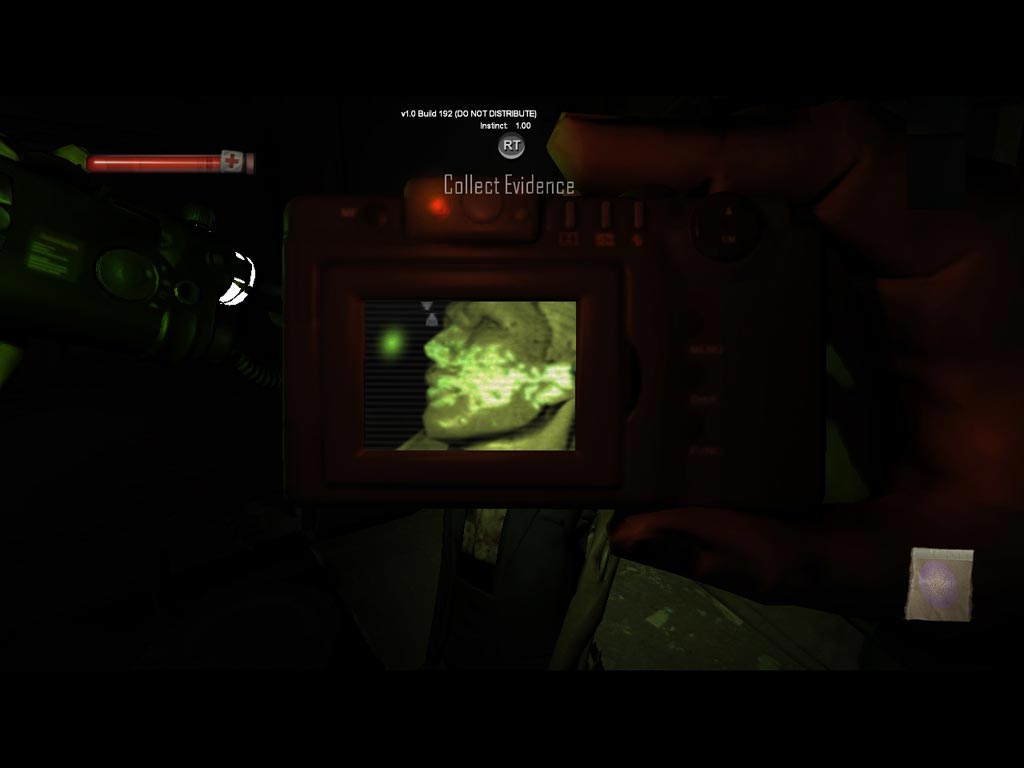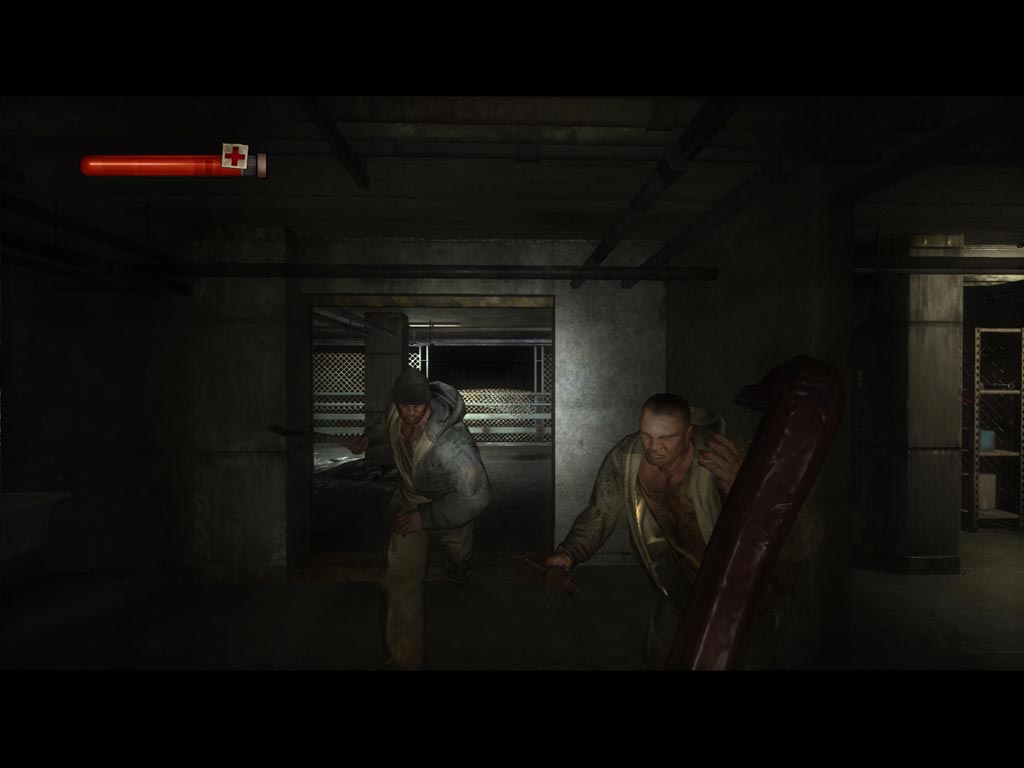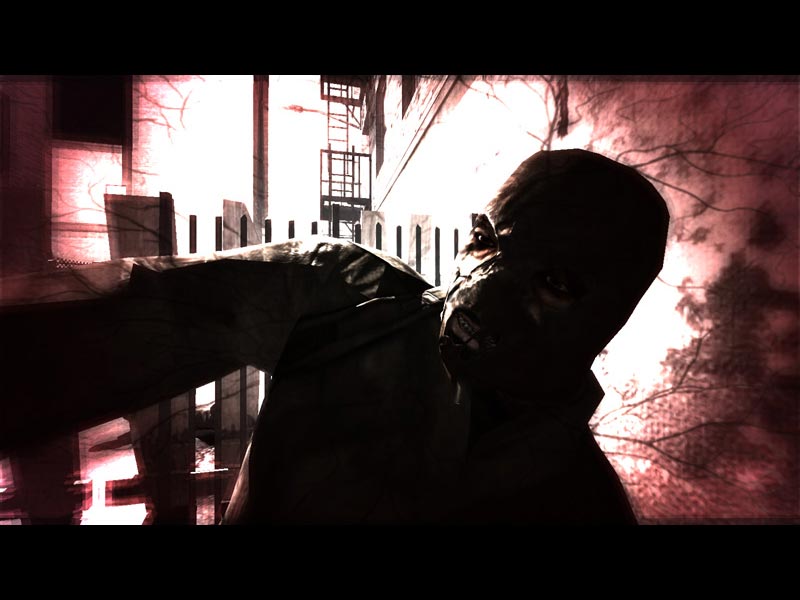Dreamcast Retrospective Day 2: Grandia II
 Wed, September 2, 2009 at 11:45 PM
Wed, September 2, 2009 at 11:45 PM I have long had what you might call a love/hate relationship with JRPGs.
On the one hand, I am inevitably drawn to them over and over again. On the other hand, they almost always end up boring me to tears.
This struggle has played out many times over my game playing years. Unfortunately these sorts of RPGs play simultaneously to the things I love most and despise above all else about video games.
Only one JRPG has managed to overcome the tall odds, balance all of its elements correctly, and wind up on my list of completed games.
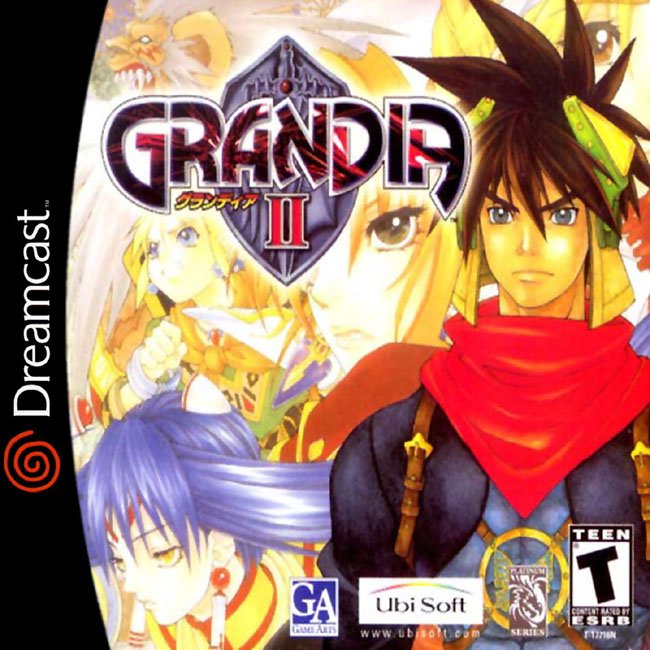
That game is Grandia II.
I’m not even going to pretend that Grandia II was some fantastic game that blows every other JRPG out of the water.
It really wasn’t.
What it comes down to, though, is that it had enough of its ducks in a row that it managed to remain charming, interesting, and, most importantly, fun to play over the entire experience.
JRPGs appeal to the part of me that likes an epic story. They appeal to the part of me that likes to travel to distant lands, to explore uncharted territory, and to explore unseen worlds in a way not possible in any other medium.
The stories hook me with their grand scale. The presentation hooks me with its high production values. The worlds hook me with their vast size, dwarfing that of most other genres.
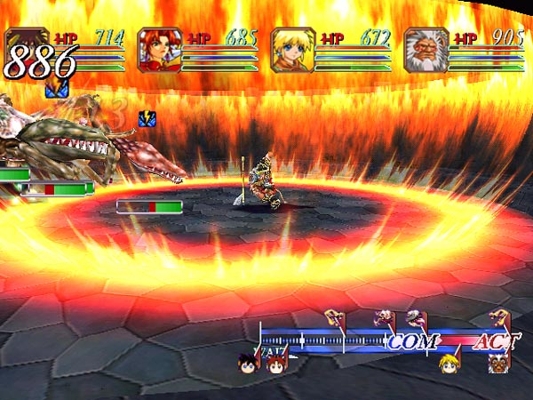
Then I actually play them and get tired of navigating menus for 6o hours.
I know one of the purported benefits of the genre is its supposed value for the dollar, the epic length of the adventurous tales these games tell, but there’s something to be said for quality over quantity.
In many areas, Grandia II hits only slightly above par. The story, for instance. I don’t even remember much about it, to be honest, save for that it was serviceable, a little unoriginal, some of the characters were bland, and it featured a few of the same story elements that I despised many years later in Tales of Symphonia. It wasn’t nearly as poorly told as the Tales game, but it wasn’t mind-blowing either.
But it got the job done, moved the game along, and hooked me enough that I wanted to keep playing the game and see what was next. It also featured a nice, healthy dose of charming, which helped.
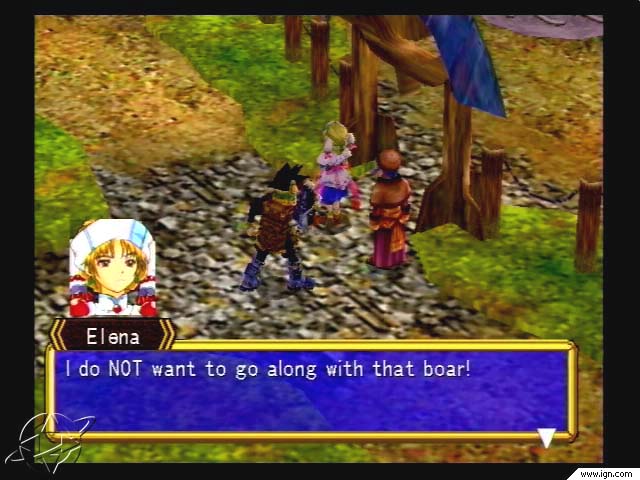
The graphics were nice for their time, full of color and fantasy. The music was probably all right, but it’s not a soundtrack I find myself repeating over and over again in iTunes years later.
No, where Grandia II really excelled was in its battle system. This is where a game in the repetitive JRPG genre really lives or dies, and this game nailed it better than any other game I have ever played. It was the perfect mix of fast-paced action and strategy. Never getting either too overwhelming or too repetitive. You were always on your toes and always having a good time, not matter how many battles you had fought.
The game had other nice touches as well, such as the fact that you could see all the enemies on the screen and either avoid them or choose to do battle. This is common these days, but it was relatively rare at the time. The curse of annoying random battles has kept me from finishing many an RPG (including another big Dreamcast name, Skies of Arcadia) because they take control from the player and get in the way of exploration, which, to me, is the reason I’m playing the games in the first place, not the battle system.
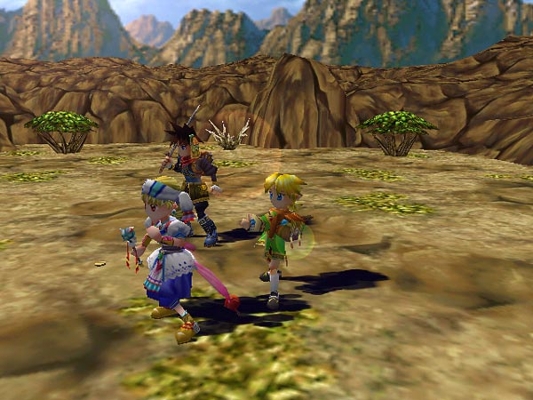
With Grandia II, I got the best of both worlds: a battle system that was worth playing the game for coupled with a lack of random battles.
I was a happy gamer.
That Grandia II was such a terrific experience for me is actually a bit painful in a way. You see, unlike some other JRPG series, Grandia has relatively few installments. Essentially there are only three major entries that I am aware of. The first is on the original PlayStation and, being a sucker for production values, I doubt it could hook me these days. The third is on PlayStation 2 and, according to all reports I’ve heard, the story kind of sucks, taking away a lot of my incentive to play it.
So, since it does not appear my Grandia II experience will be rivaled anytime soon, I’ll just cherish the memories I have of it. It remains to this day one of my favorite RPGs.
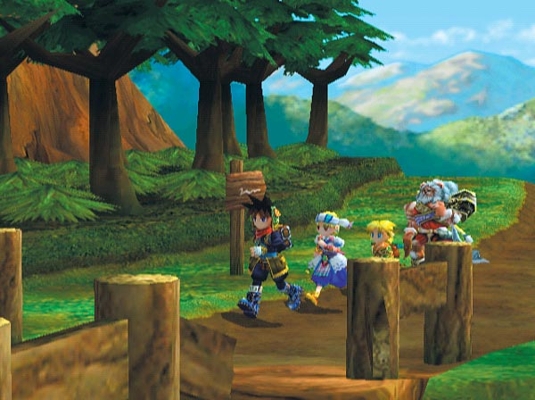
I place it on a very high pedestal and feel proud to call it the only JRPG I’ve ever truly finished. The battle system is unmatched and the rest of the game is decidedly entertaining, even where unoriginal.
It absolutely deserves a spot as one of the great titles in the Dreamcast’s library.




